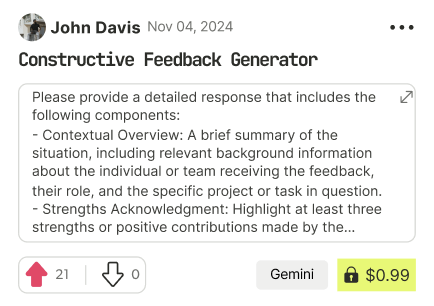Writing Efficient and Maintainable Code in Python
When it comes to writing code in Python, efficiency, readability, and maintainability are crucial for developers. A well-written code can save time and effort in the long run, and can also make it easier for others to understand and build upon.
Python is a versatile language that is widely used in various fields such as web development, data analysis, and machine learning. With its simplicity and flexibility, it's essential to follow best practices to ensure that the code is efficient, readable, and maintainable.
One of the key aspects of writing efficient code is to optimize it for performance. This can be achieved by using efficient algorithms and data structures, reducing unnecessary computations, and minimizing memory usage.
Readability is another important factor to consider when writing code. This can be achieved by using clear and concise variable names, following a consistent coding style, and using comments to explain complex logic.
Maintainability is also crucial, as it allows developers to easily modify and extend the code without introducing bugs or breaking existing functionality.
To optimize code for efficiency, readability, and maintainability, developers should follow best practices such as using functions to modularize code, handling errors and exceptions, and testing the code thoroughly.
Functions are a great way to modularize code and make it reusable. They allow developers to break down complex logic into smaller, manageable chunks, making it easier to understand and maintain.
Error handling is also essential to ensure that the code can handle unexpected input or errors. This can be achieved by using try-except blocks to catch and handle exceptions.
Testing is also critical to ensure that the code works as expected. This can be achieved by writing unit tests to verify that individual components work correctly, and integration tests to verify that the entire system works as expected.
By following these best practices, developers can write efficient, readable, and maintainable code in Python, making it easier to build and maintain complex systems.
Now let's consider a code snippet that calculates the sum of all numbers in a list using a function. The function should take a list of numbers as input and return the sum.
The code should be optimized for efficiency, readability, and maintainability. It should also handle edge cases such as an empty list or a list with non-numeric values.
Here is an example of how the code could be written:
The code defines a function called `calculate_sum` that takes a list of numbers as input and returns the sum.
The function uses a try-except block to handle exceptions, such as a `TypeError` if the input is not a list.
The function also checks if the input list is empty and returns 0 in that case.
The code then uses a loop to iterate over the numbers in the list and add them up.
Finally, the code returns the sum.
This code is efficient, readable, and maintainable, and it handles edge cases correctly.
The code is also modular and reusable, making it easy to use in other parts of the program.
This is an example of how following best practices can result in high-quality code that is easy to maintain and extend.
By following these principles, developers can write efficient, readable, and maintainable code in Python.
The code should be thoroughly tested to ensure that it works as expected in all scenarios.
Testing is critical to ensure that the code is correct and works as expected.
By testing the code thoroughly, developers can catch bugs and errors early on and fix them before they cause problems.
This is an example of how following best practices can result in high-quality code that is easy to maintain and extend.

Find Powerful AI Prompts
Discover, create, and customize prompts with different models, from ChatGPT to Gemini in seconds

Simple Yet Powerful
Start with an idea and use expert prompts to bring your vision to life!
